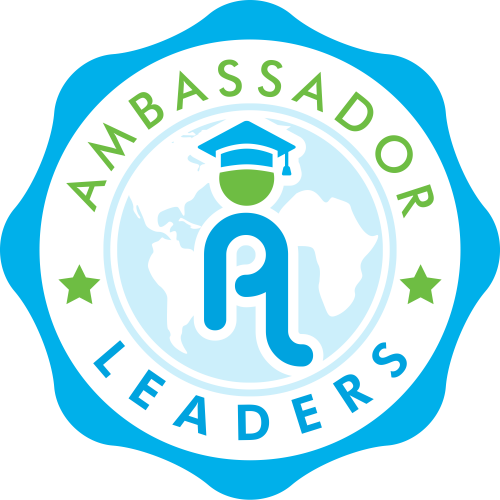History leaps off the page for Summit students.
History teachers regularly ask themselves how to make their curriculum come alive. History is full of amazing and critical moments, but textbooks rarely evoke the awe in students such monumental events warrant. Even with the Internet and immersive documentaries, it is often difficult for students to feel connected to events that happened long ago and in places far away.
What does make history come alive is for students to stand in the very places it occurred. The difference between reading history and experiencing it firsthand is remarkable. Being in historical locations makes the stories tangible. One great aspect of Ambassador Leadership Summits is the chance to step into each host city’s colorful past.
During the Leadership Summits at Harvard, students explore Boston, a city steeped in the foundations of American independence. Standing in Old North Church, where Paul Revere held his “one if by land, two if by sea” lanterns to warn the colonists of the British approach in 1775, students can picture that fateful night they so often read about in school. From that church they walk part of the Freedom Trail, tracing the footsteps of American history. While touring the JFK Presidential Library, students learn about the Cuban Missile Crisis, when the US was on the brink of disaster.
Meanwhile during the Medicine & Health Care Summits at Johns Hopkins, students spend a day exploring our nation’s Capital of Washington D.C.. As they tour the halls of Congress and the famous rotunda, students gain an understanding of where laws are made. Each monument they visit is a walk through the history of the war, president or public figure it commemorates. For many students the most inspiring part of the day is standing in the very spot where Dr. Martin Luther King Jr. gave his “I Have a Dream” speech.
Over on the West Coast, students attending the Leadership Summit at UCLA explore the lights and glamour of Los Angeles. Visiting the Hollywood Walk of Fame where celebrities have their stars or Grauman’s Chinese Theatre where movies host their grand premieres lets students who are fans of media and entertainment feel like they’re part of the action. And of course, after seeing the sun-soaked beach and Pacific Ocean from the iconic Santa Monica Pier, students will forever recognize that landmark when it appears in movies.
During the Leadership Summit at Yale, students spend a day exploring one of the world’s biggest metropolises, New York City. Though students today are too young to have lived through 9/11, they visit the spot where the twin towers once stood. They learn how “Wall Street” got its name, and from the edge of Lower Manhattan, they see the Statue of Liberty. Students connect to the experience of those who arrived to the United States by boat, seeing Lady Liberty as a beacon of the hope and freedom America promises.
It’s unlikely that a person, even the most avid history buff, would visit every place where a significant moment in history occurred, but witnessing historical sites helps students understand why such moments matter. That is why I encourage all students to travel and see as much of the US and the world as they can.
The students I’ve known who have experienced a Summit return home with a greater appreciation of the historical places they saw and all that happened there. Indeed, I find students are eager to share their experiences touring historical landmarks, which in turn engages their peers. Take it from this old history teacher, educational travel and experiential learning make all the difference!
By Burke Wallace
Burke taught high school history for many years and currently serves as a school administrator and adjunct professor. He has been involved in student leadership programs for over a decade. As someone with three master’s degrees, he believes everyone has the capacity for lifelong learning.





